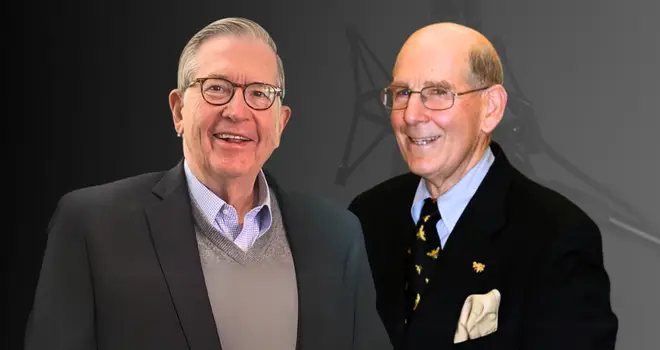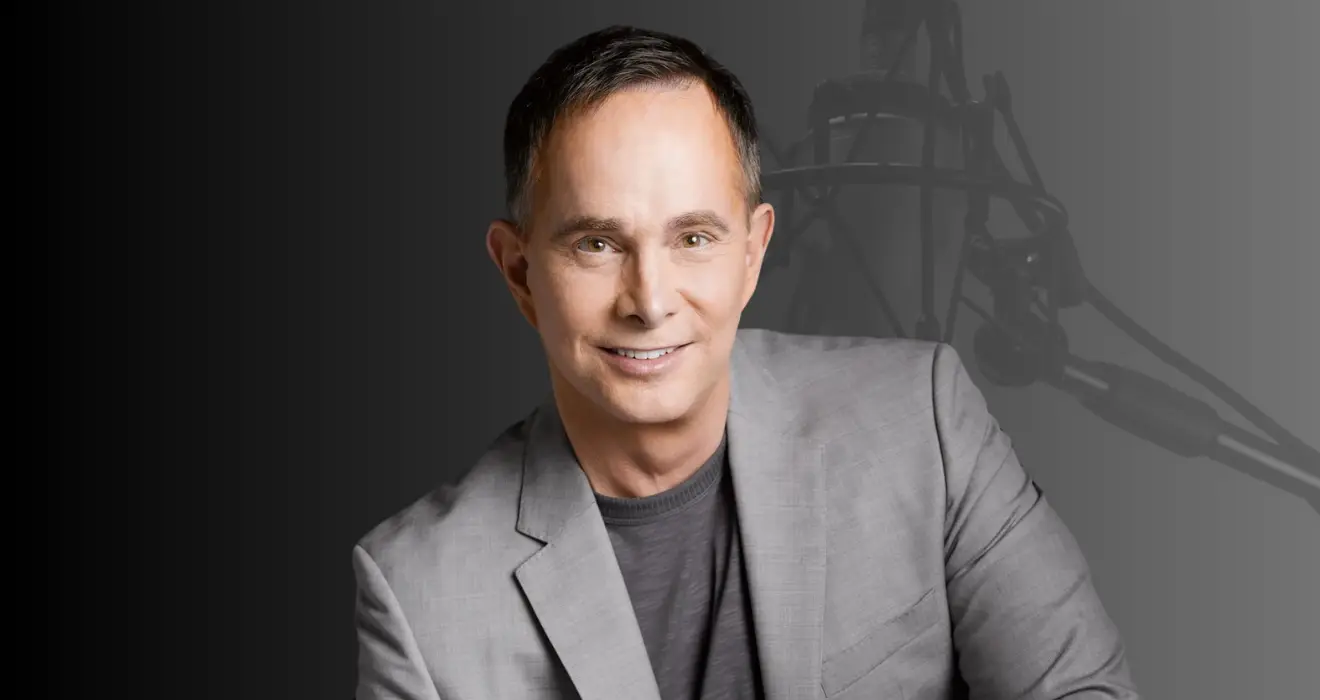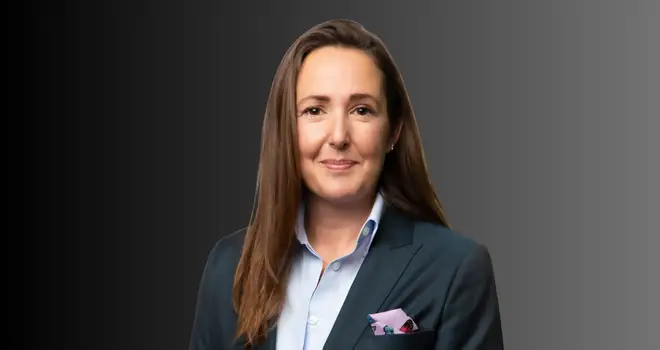About Gary
A. Gary Shilling, Ph.D., is President of A. Gary Shilling & Co., Inc., investment advisers, economic consultants and publishers of INSIGHT, a monthly report of economic forecasts and investment strategies. Dr. Shilling is a columnist for Bloomberg View online, a Forbes magazine columnist since 1983 and a frequent contributor to the financial media.
He received his bachelor’s degree in physics, magna cum laude, from Amherst College where he was also elected to Phi Beta Kappa and Sigma Xi. Dr. Shilling earned his master’s degree and doctorate in economics at Stanford University. While on the West Coast, he served on the staffs of the Federal Reserve Bank of San Francisco and Bank of America. Earlier, as a high school senior, he ranked 12th in the nation in the Westinghouse Science Talent Search.
Before establishing his own firm in 1978, Dr. Shilling was Senior Vice President and Chief Economist of White, Weld & Co., Inc. Earlier, he set up the Economics Department at Merrill Lynch, Pierce, Fenner & Smith at age 29 and served as the firm’s chief economist. Prior to Merrill Lynch, he was with Standard Oil Co. (NJ) (now ExxonMobil).
He has written eight books on the economic outlook and investment strategy.
Twice, the Institutional Investor magazine ranked Dr. Shilling as Wall Street’s top economist, Futures magazine rated him the country’s number one Commodity Trading Advisor and MoneySense magazine named him the third best stock market forecaster in the world, right behind Warren Buffett. He is recognized as an effective and dynamic speaker.
He is Chairman of the Episcopal Preaching Foundation, which he founded in 1988, and is an avid beekeeper.
About Lacy
Dr. Lacy H. Hunt, an internationally known and award-winning economist, is Executive Vice President and Chief Economist of Hoisington Investment Management Company (HIMCO), a firm that manages $3 billion in pension funds, endowments, insurance companies, and others.
Dr. Hunt is the author of two books and numerous articles in leading magazines, periodicals, and scholarly journals. Among his published pieces are articles in Barron’s, The Wall Street Journal, The New York Times, Journal of Finance, Financial Analysts Journal, and the Journal of Portfolio Management. The board of governors of the Federal Reserve System and the Dallas Federal Reserve Bank have also both published his research.
Dr. Hunt built the first large-scale econometric model of the US financial markets. This model, based on monthly data, is the subject of his first book, Dynamics of Forecasting Financial Cycles, which was favorably peer reviewed in Financial Analysts Journal.
He has made numerous presentations in all the major financial and economic centers in Europe, Asia, the Middle East, Africa, and North America. He has appeared on radio and television worldwide. Dr. Hunt has testified before various committees of congress, including House Ways and Means, Senate Finance, and Senate Banking.
Previously, Lacy was Chief U.S. Economist for the HSBC Group, one of the world’s largest banks, Executive Vice President and Chief Economist at Fidelity Bank and Vice President for monetary economics at Chase Econometric Associates, Inc.
He earned a BA in economics (Sewanee, 1964), MBA in finance (Wharton School of the University of Pennsylvania, 1966), and PhD in economics (Temple University, 1969). From Sewanee, he received an honorary Doctor of Civil Laws in 2013 and their Distinguished Alumnus Award in 2016. A member of the board of trustees of Temple University for 23 years, he is now an honorary life trustee and recipient of their Distinguished Alumnus Award from the College of Liberal Arts (2018).
He received the prestigious Abramson Award from the National Association for Business Economics for “outstanding contributions in the field of business economics.” The honorary doctorate from Sewanee reads “His career path has included stops at some of the most powerful financial institutions in the country, where he has not only influenced internal investment policy but has left an indelible mark on the nation’s economic policy through his publications, speeches, and appearances in the national media.”


